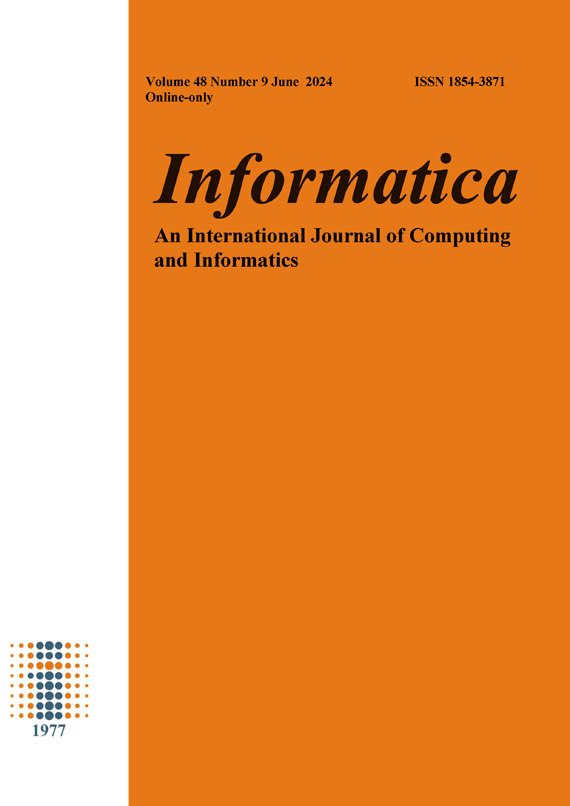A Typical Model Evaluation System for Rural Vocational Education Against Poverty Is Based on a Decision Tree Mining Algorithm
DOI:
https://doi.org/10.31449/inf.v48i9.5670Abstract
This paper presents an in-depth study and analysis of the evaluation of typical models of rural vocational education against poverty using a decision tree mining algorithm and uses this to develop an evaluation system for practical application. The paper analyzes the teaching quality, education scale, teaching methods, and the government's policy support and financial input to local agriculture-related vocational education, and discusses the education problems behind the lack of rural talents. The concept of educational data mining is given and several common, typical decision tree algorithms are described (ID3 algorithm, C4.5 algorithm, CART algorithm, SLIQ algorithm) and the connection and difference between them; then the concept of multi-valued decision table and decision tree is discussed in detail, and the decision tree analysis method of the multi-valued decision table is given, which is primarily based on the core idea of dynamic programming and the proposed algorithm. The algorithm to minimize the size of the decision tree and then extract valuable information within the multi-valued decision table; considering the large size of the generated decision tree, the recursive algorithm to merge the identical subtrees and leaf nodes to form a decision graph is given, and the resulting decision graph has no redundant nodes. It is smaller in size, thus reducing the storage space. It is mainly caused by the weak government support for rural vocational education, the low social recognition of rural vocational education, and the limited construction level of rural vocational colleges themselves.
Downloads
Published
Issue
Section
License
I assign to Informatica, An International Journal of Computing and Informatics ("Journal") the copyright in the manuscript identified above and any additional material (figures, tables, illustrations, software or other information intended for publication) submitted as part of or as a supplement to the manuscript ("Paper") in all forms and media throughout the world, in all languages, for the full term of copyright, effective when and if the article is accepted for publication. This transfer includes the right to reproduce and/or to distribute the Paper to other journals or digital libraries in electronic and online forms and systems.
I understand that I retain the rights to use the pre-prints, off-prints, accepted manuscript and published journal Paper for personal use, scholarly purposes and internal institutional use.
In certain cases, I can ask for retaining the publishing rights of the Paper. The Journal can permit or deny the request for publishing rights, to which I fully agree.
I declare that the submitted Paper is original, has been written by the stated authors and has not been published elsewhere nor is currently being considered for publication by any other journal and will not be submitted for such review while under review by this Journal. The Paper contains no material that violates proprietary rights of any other person or entity. I have obtained written permission from copyright owners for any excerpts from copyrighted works that are included and have credited the sources in my article. I have informed the co-author(s) of the terms of this publishing agreement.
Copyright © Slovenian Society Informatika








